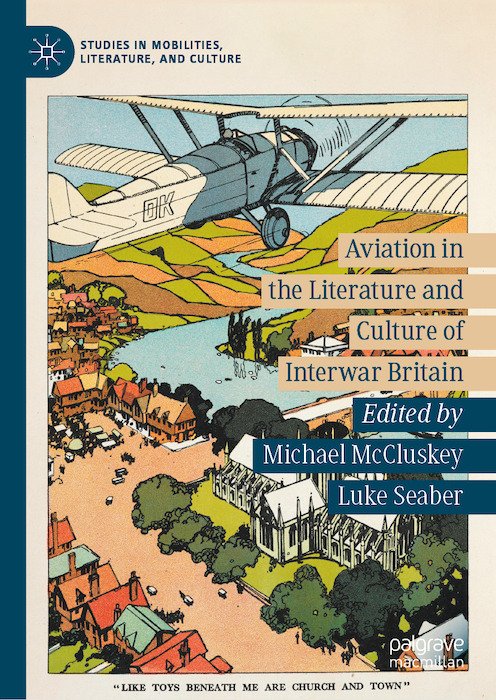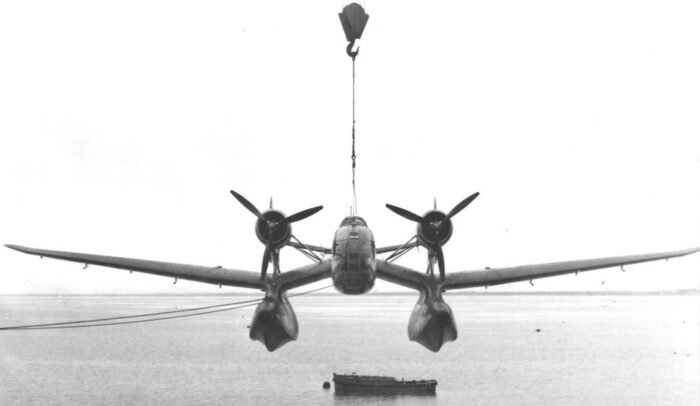Another month, another podcast!
It seems like only last week that I was spruiking a podcast appearance — actually, it was last month, which is also not very long ago! This time it was on the History of the Second World War podcast with Wesley Livesay, chatting about the German air raids on Britain of the First World War […]










